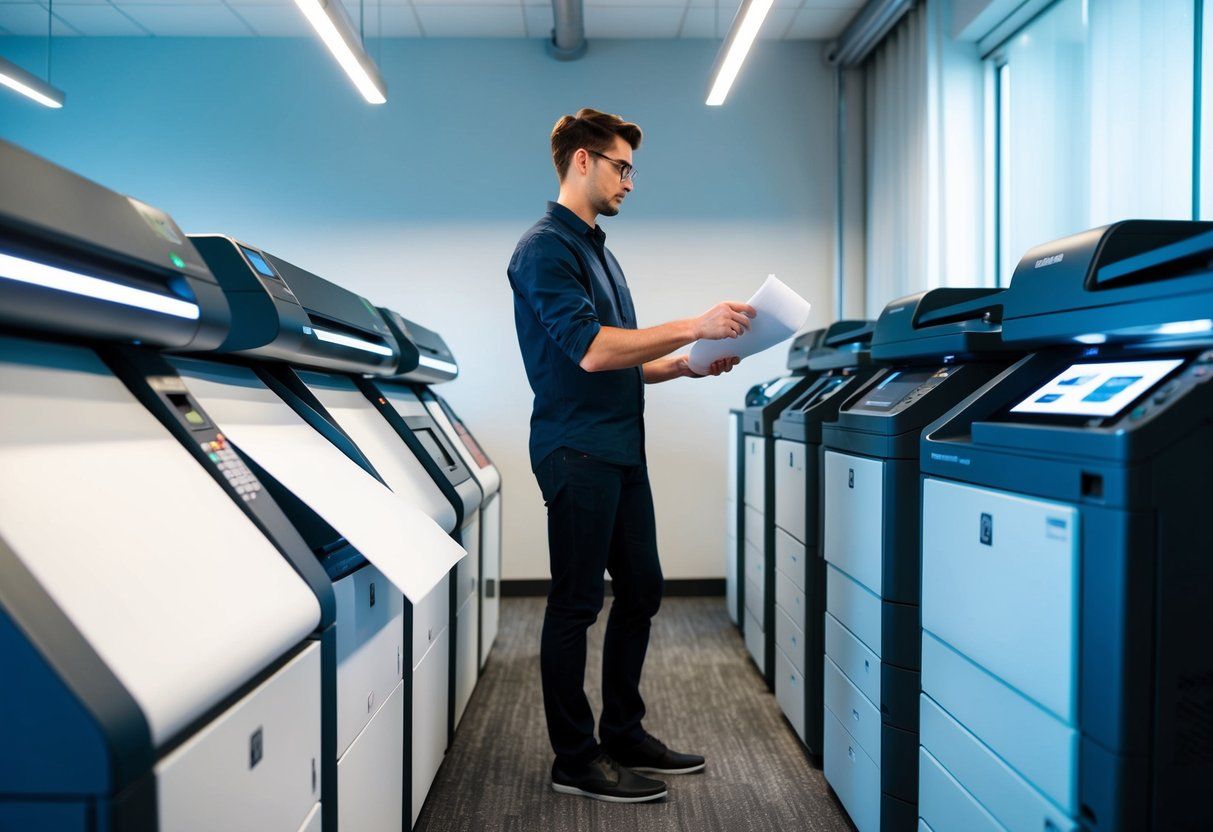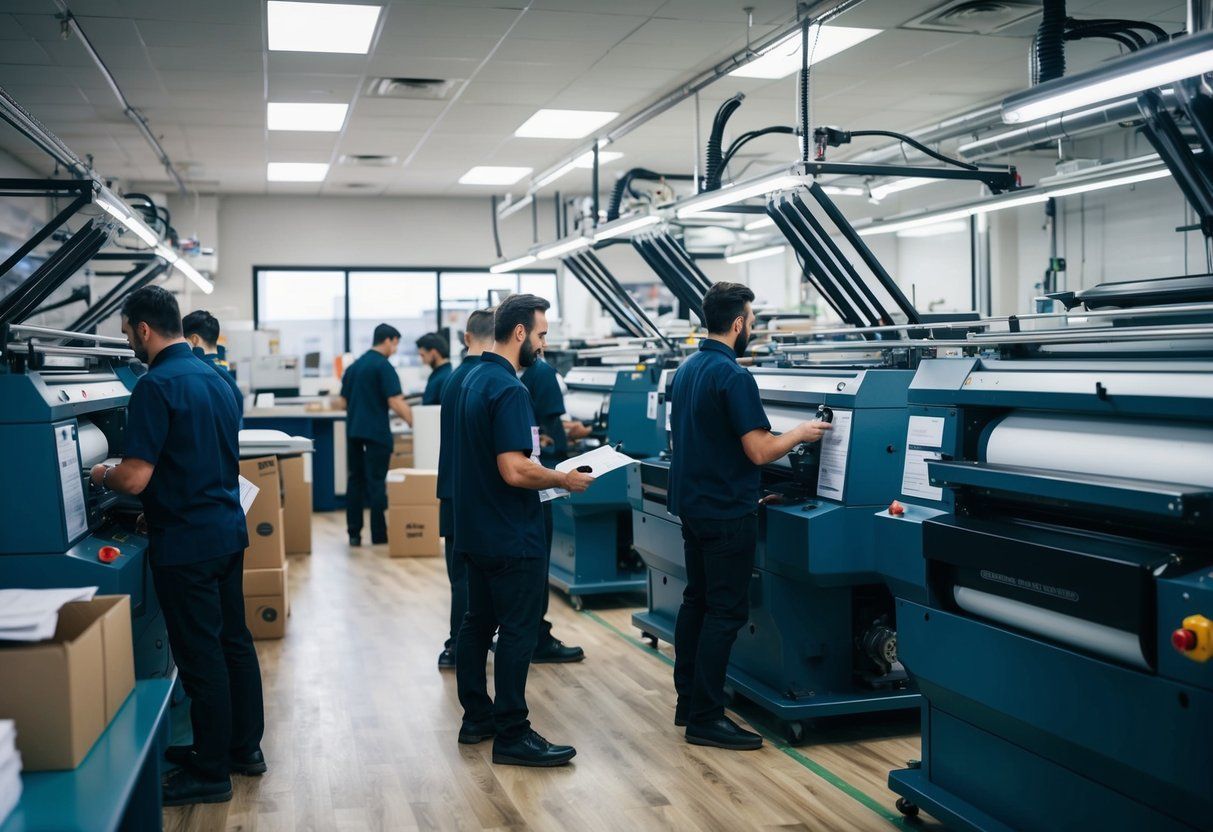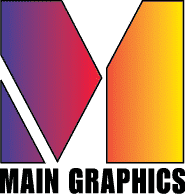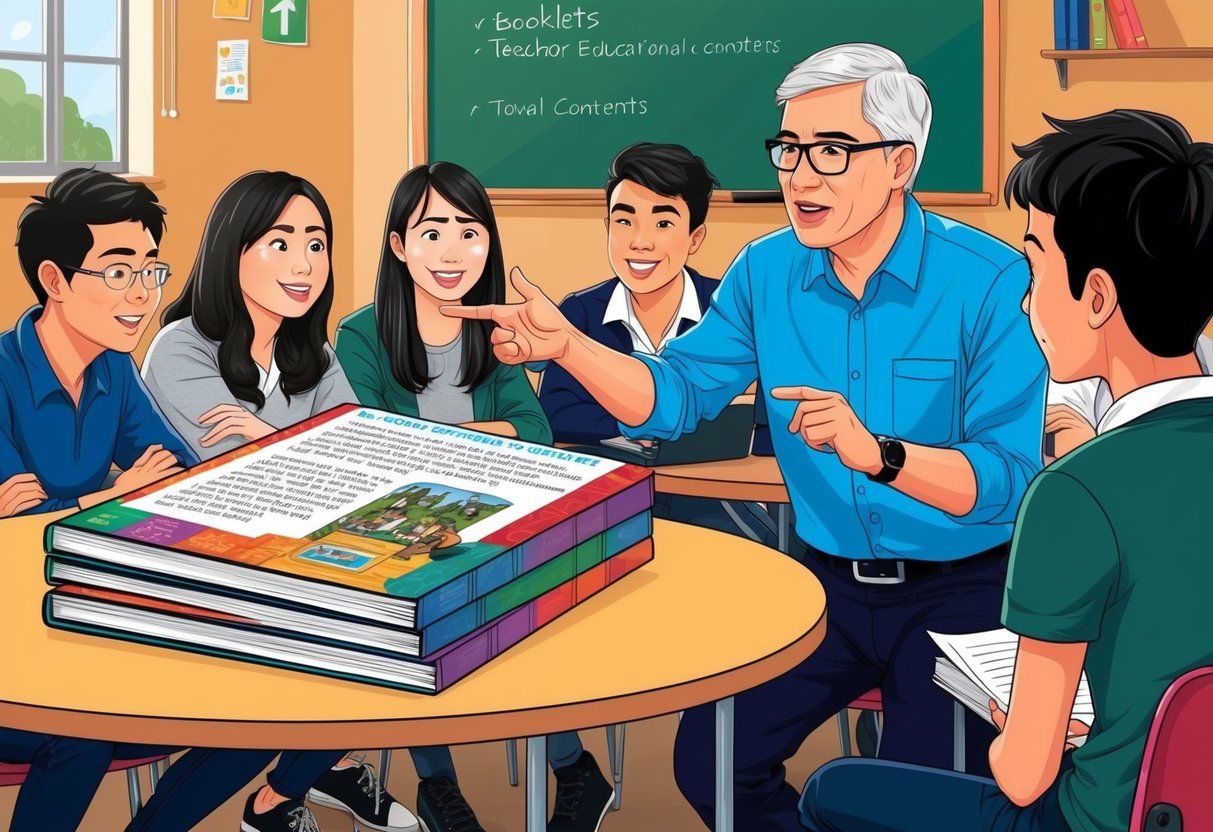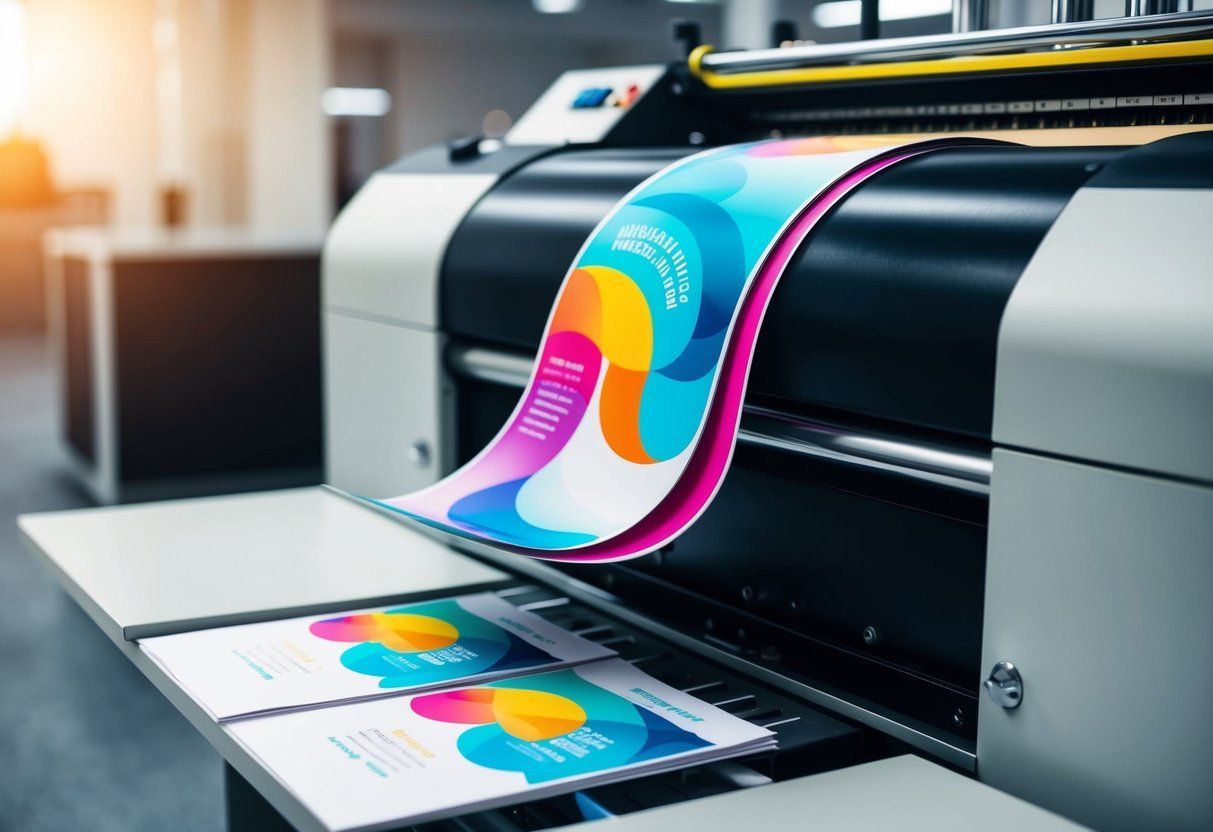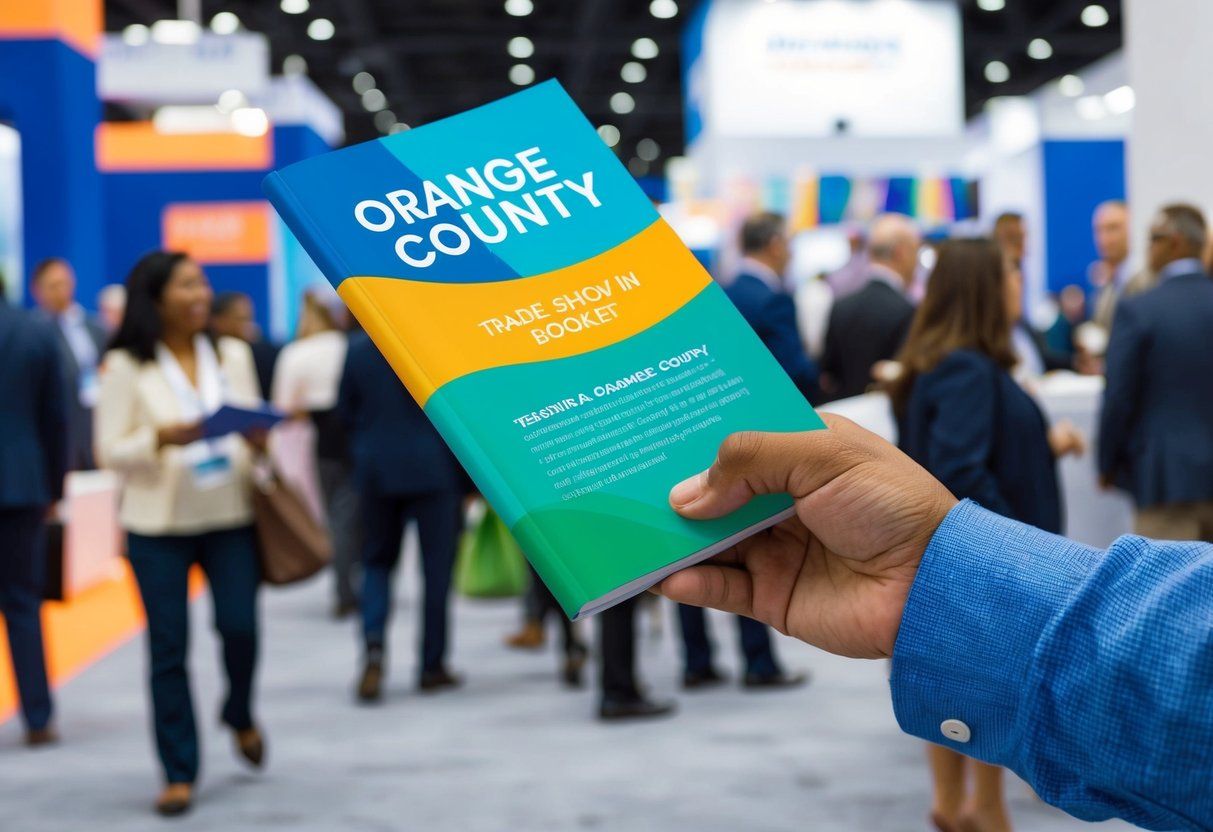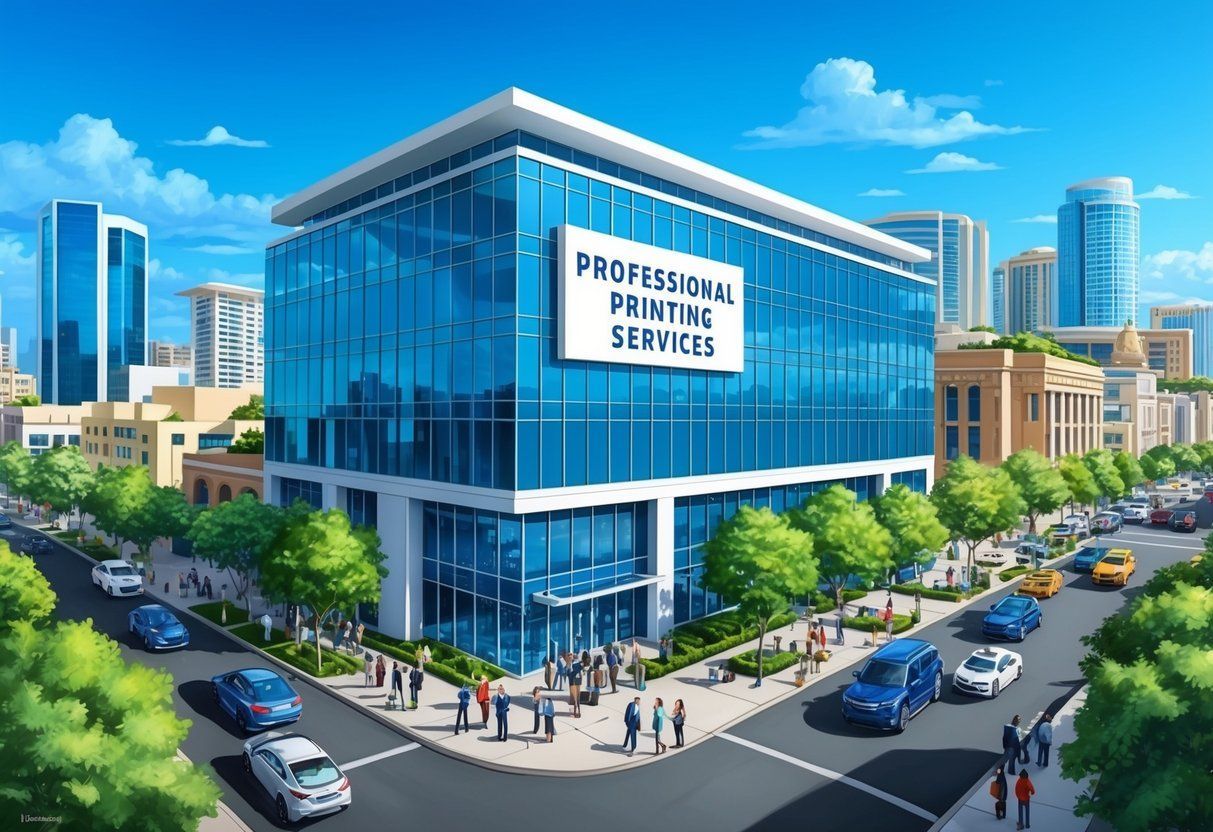Developing Engaging Educational Materials: A Printing Guide for Schools and Institutions
Developing Engaging Educational Materials: A Printing Guide for Schools and Institutions
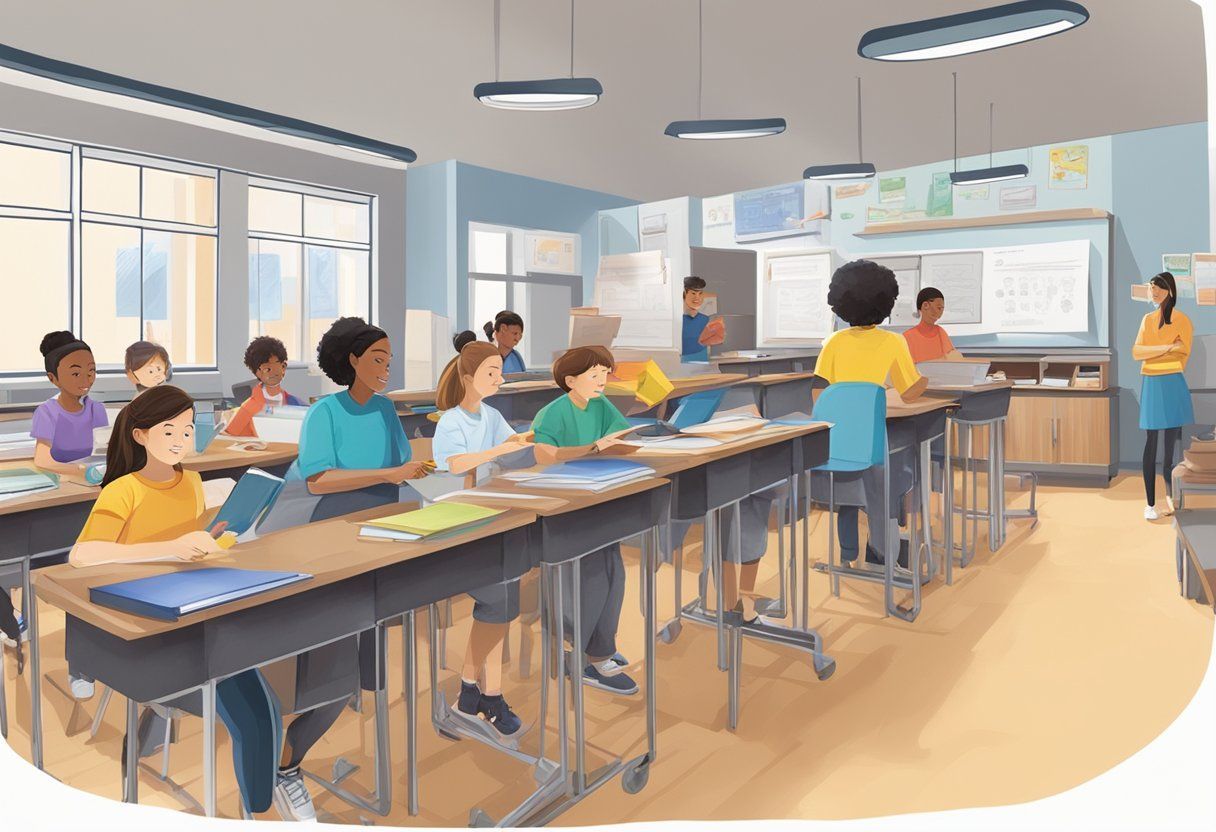
In today’s digital age, it is easy to assume that printed educational materials are no longer necessary. However, many schools and institutions still rely on printed materials to provide instruction to their learners. The challenge then becomes how to create engaging educational materials that capture the attention of students and facilitate learning.
To address this challenge, schools and institutions can benefit from a printing guide that provides practical advice on how to create educational materials that are both effective and engaging. Such a guide can cover topics such as selecting appropriate fonts and colors, using high-quality images, and incorporating interactive elements.
By following a printing guide, schools and institutions can ensure that their educational materials are designed with the needs of their learners in mind. This can lead to increased student engagement and improved learning outcomes. Whether creating handouts, worksheets, or other printed materials, a printing guide can provide valuable insights and best practices for developing effective and engaging educational materials.
Understanding Educational Material Design
Educational material design is a crucial aspect of creating engaging and effective learning resources for students. It involves a careful balance of design, content, and complexity to ensure that the material is easy to understand and remember. In this section, we will explore the principles of effective design and how to balance complexity and clarity in educational material design.
Principles of Effective Design
Effective design is crucial for creating engaging educational materials. A well-designed material can help students learn more effectively and retain information better. The following principles of effective design should be considered when designing educational materials:
- Consistency: Consistency in design elements such as font, color, and layout can help students focus on the content rather than being distracted by the design.
- Simplicity: Simple designs are easier to understand and remember. Avoid cluttered designs and unnecessary elements.
- Visual Hierarchy: A clear visual hierarchy can help students understand the importance and relationships between different elements in the material.
- Use of White Space: White space can help create a clean and organized design, making it easier for students to focus on the content.
Balancing Complexity and Clarity
One of the challenges in educational material design is balancing complexity and clarity. On one hand, the material needs to be complex enough to challenge students and promote learning. On the other hand, it should be clear enough to avoid overwhelming students with too much information. Cognitive load theory and the contiguity principle can help strike a balance between complexity and clarity.
Cognitive load theory suggests that students have a limited amount of mental resources available for processing information. Therefore, it is important to minimize the cognitive load by presenting information in a clear and organized manner. The contiguity principle suggests that related information should be presented together to reduce cognitive load.
In conclusion, understanding the principles of effective design and balancing complexity and clarity can help create engaging and effective educational materials. By considering design elements such as consistency, simplicity, visual hierarchy, and white space, and applying cognitive load theory and the contiguity principle, educators can create materials that are easy to understand and remember.
Creating Accessible and Inclusive Content
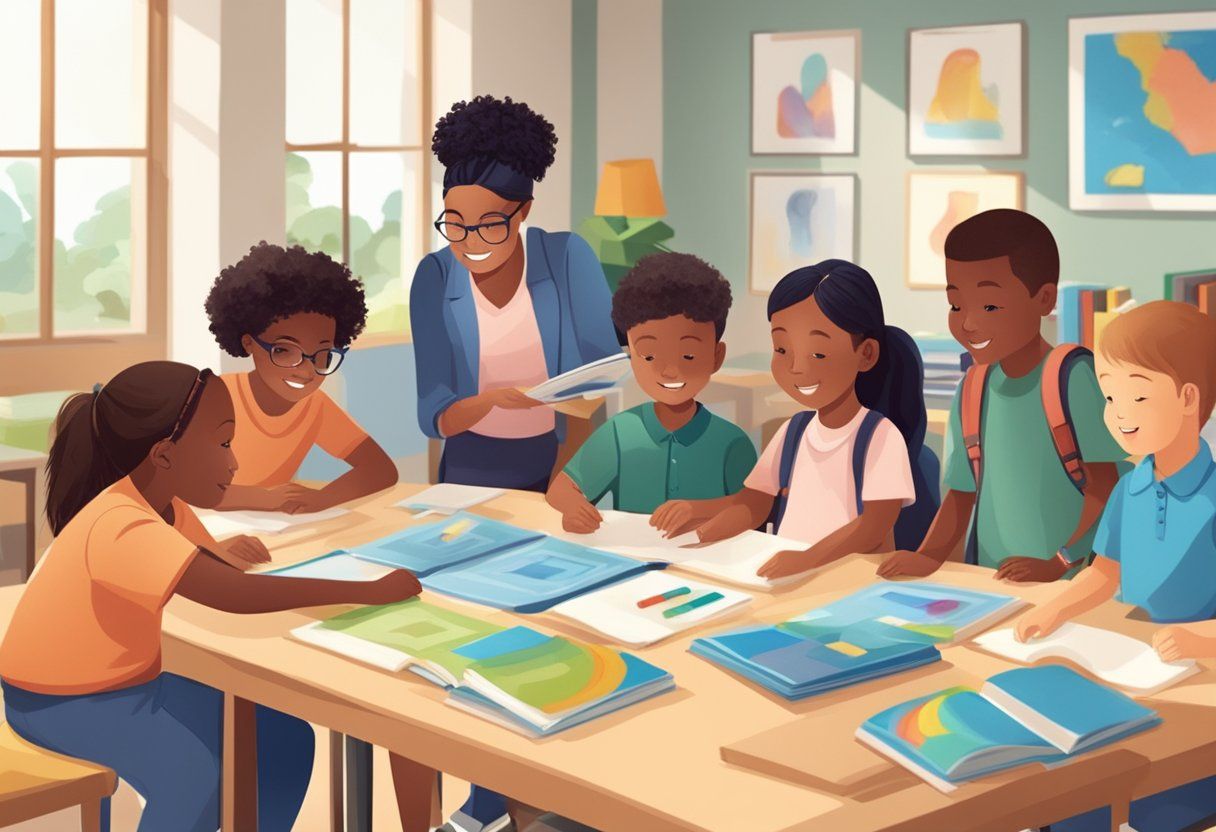
Developing educational materials that are accessible and inclusive is crucial for ensuring that all students have equal opportunities to learn and succeed. This section will discuss some key features that can help make educational materials more accessible and equitable.
Accessibility Features
One important aspect of creating accessible educational materials is ensuring that they can be used by students with a wide range of abilities. This can involve incorporating features such as:
- Braille: Materials can be printed in Braille to make them accessible to students who are blind or have low vision.
- Audio: Audio versions of materials can be made available for students who have difficulty reading, or who prefer to learn through listening.
- Large print: Materials can be printed in larger font sizes to make them easier to read for students with visual impairments.
- Captioning: Videos and other multimedia materials can be captioned to make them accessible to students who are deaf or hard of hearing.
By incorporating these features into educational materials, schools and institutions can help ensure that all students have equal access to learning materials.
Equity in Education
In addition to making materials accessible, it is also important to ensure that educational materials are inclusive and equitable. This can involve:
- Using diverse content: Educational materials should include diverse perspectives and representations to ensure that all students feel seen and valued.
- Avoiding stereotypes: Materials should avoid perpetuating harmful stereotypes or biases that can contribute to inequities in education.
- Providing translations: Materials should be available in multiple languages to ensure that students who speak languages other than English have equal access to learning materials.
By prioritizing equity and inclusion in educational materials, schools and institutions can help ensure that all students have access to high-quality education, regardless of their backgrounds or identities.
Structuring Content for Optimal Learning

In order to develop engaging educational materials, it is essential to structure content in a way that aligns with learning outcomes and promotes coherence. This section provides guidance on how to organize course material and align it with learning objectives.
Organizing Course Material
The first step in structuring content is to organize course material into logical sections. This can be achieved by breaking down the content into smaller topics and subtopics. One effective way to do this is to use a table of contents, which provides an overview of the course material and helps students navigate through the content.
Another important aspect of organizing course material is to use headings and subheadings to separate different sections. This not only makes the content easier to read and understand, but also helps students retain information by providing a clear structure to the material.
Aligning With Learning Outcomes
In addition to organizing course material, it is important to align it with learning outcomes. This means that the content should be designed to help students achieve specific learning objectives. For example, if the learning objective is to develop critical thinking skills, the course material should be structured in a way that promotes critical thinking.
To ensure that course material is aligned with learning outcomes, it is important to first identify the desired outcomes and then design the content to support those outcomes. This can be achieved by using a variety of teaching strategies, such as case studies, group discussions, and hands-on activities.
Overall, structuring content for optimal learning requires careful planning and attention to detail. By organizing course material and aligning it with learning outcomes, educators can create engaging educational materials that promote student learning and retention.
Integrating Multimedia and Interactive Elements
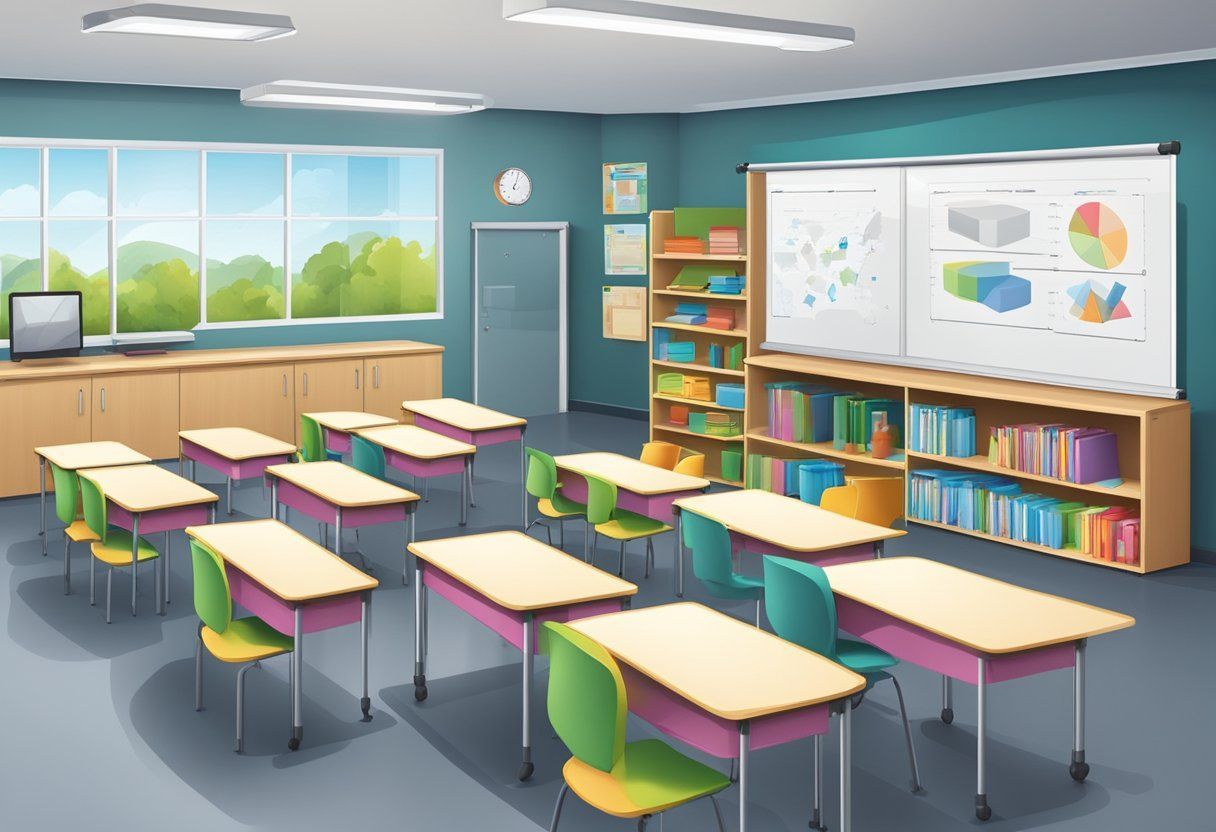
In today’s digital age, multimedia and interactive elements play a crucial role in engaging students and enhancing their learning experience. By incorporating various forms of multimedia such as video and audio, schools and institutions can create engaging educational materials that foster active learning.
Incorporating Video and Audio
Video lectures have become increasingly popular in recent years due to their ability to deliver complex information in an engaging and easy-to-understand manner. By incorporating video lectures into their educational materials, schools and institutions can provide students with a more immersive learning experience. Additionally, audio elements such as podcasts and recorded lectures can also be used to supplement traditional learning materials.
When incorporating video and audio elements into educational materials, it is important to ensure that they are of high quality and relevant to the topic being covered. Additionally, it is important to provide students with the necessary tools and resources to access and interact with these materials.
Fostering Active Learning
Interactive elements such as quizzes, games, and simulations can be used to foster active learning and enhance students’ understanding of complex concepts. By incorporating these elements into their educational materials, schools and institutions can provide students with a more engaging and interactive learning experience.
When designing interactive elements, it is important to ensure that they are relevant to the topic being covered and that they are designed in a way that is easy for students to interact with. Additionally, it is important to provide students with feedback and support to help them understand and learn from their interactions with these elements.
In conclusion, by integrating multimedia and interactive elements into their educational materials, schools and institutions can create engaging and effective learning experiences for their students. By providing students with the necessary tools and resources to access and interact with these materials, schools and institutions can help students develop a deeper understanding of complex concepts and improve their overall academic performance.
Assessing and Improving Educational Material Impact

Measuring Student Performance
Assessment is an essential step in measuring the effectiveness of educational materials. It provides valuable feedback on student learning and helps identify areas that need improvement. Formative assessment, in particular, can be used to evaluate student progress and adjust instructional materials to better meet their needs.
One way to assess student performance is to use standardized tests. These tests provide a reliable measure of student learning and can be used to compare performance across different schools and districts. However, they may not always reflect the full range of skills and knowledge that students have acquired.
Another approach is to use classroom assessments, such as quizzes and assignments, to evaluate student learning. These assessments can provide more detailed feedback on student progress and can be used to identify areas where students are struggling.
Continuous Improvement of Materials
Once educational materials have been assessed, it is important to use that feedback to make improvements. This process of continuous improvement can help ensure that instructional materials are of the highest quality and are effective in promoting student learning.
One way to improve educational materials is to involve teachers in the process. Teachers can provide valuable feedback on the effectiveness of materials and can suggest changes that will better meet the needs of their students. Involving teachers in this process can also help build buy-in and support for the materials.
Another approach is to use data to inform improvements. By analyzing student performance data, educators can identify areas where students are struggling and adjust instructional materials to better address those areas. This data-driven approach can help ensure that materials are effective in promoting student learning.
In summary, assessing and continuously improving educational materials is essential for promoting student learning. By using a variety of assessment methods and involving teachers in the process, educators can ensure that instructional materials are of the highest quality and are effective in promoting student learning.
Frequently Asked Questions
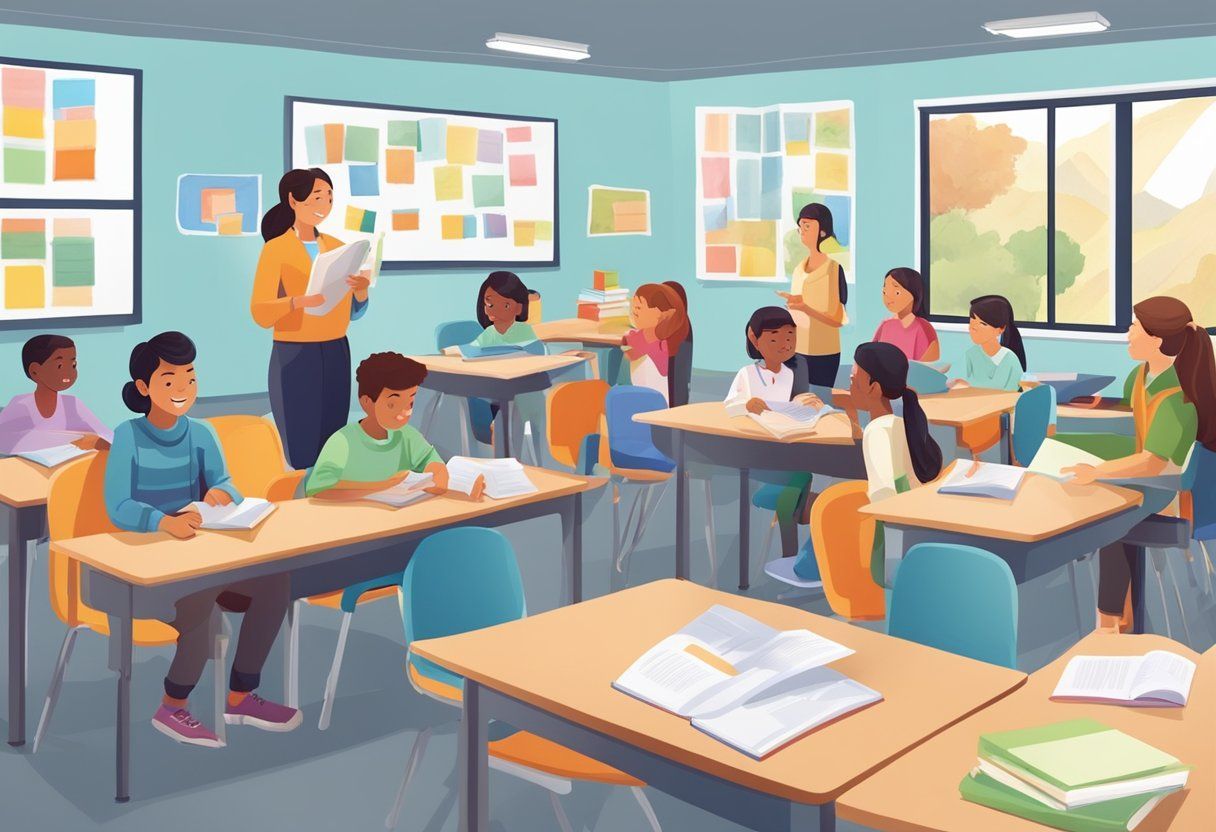
How can technology enhance the learning experience for students?
Technology can enhance the learning experience for students in a variety of ways. For example, it can provide access to interactive and multimedia materials, which can help to engage students and promote deeper understanding of concepts. Additionally, technology can facilitate collaboration and communication among students and teachers, which can enhance the overall learning experience.
What are the potential drawbacks of relying solely on printed materials for education?
While printed materials can be effective for certain types of learning, relying solely on them can limit the range of experiences and resources available to students. For example, printed materials may not be able to provide interactive or multimedia content, which can be more engaging and effective for certain learners. Additionally, printed materials may not be as easily updated or customized as digital materials.
In what ways can printed materials be utilized for educational purposes?
Printed materials can be utilized in a variety of ways for educational purposes, such as textbooks, workbooks, handouts, and posters. They can also be used to create visual aids and other instructional materials that can help to engage students and promote deeper understanding of concepts.
What considerations are crucial when selecting or creating printed educational resources?
When selecting or creating printed educational resources, it is important to consider factors such as the age and grade level of the students, the subject matter being taught, and the learning objectives. Additionally, it is important to ensure that the materials are accurate, up-to-date, and aligned with relevant standards and guidelines.
What strategies are effective for developing instructional materials that engage learners?
Effective strategies for developing instructional materials that engage learners include using visual aids and multimedia content, providing opportunities for interaction and collaboration, and incorporating real-world examples and scenarios. Additionally, it is important to consider the needs and interests of the learners, and to tailor the materials to their specific learning styles and preferences.
How does integrating technology into education influence teaching methodologies?
Integrating technology into education can influence teaching methodologies in a variety of ways. For example, it can enable teachers to provide more personalized and differentiated instruction, and to track student progress and performance more effectively. Additionally, it can facilitate collaboration and communication among teachers and students, and can help to create a more dynamic and engaging learning environment.…
